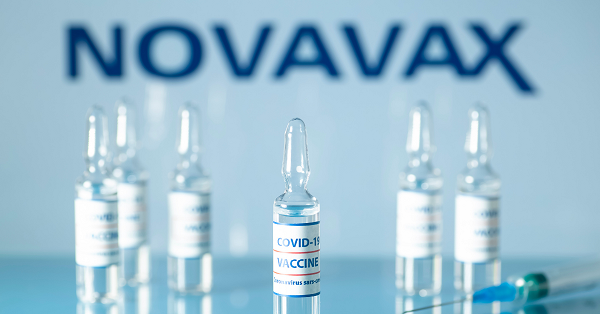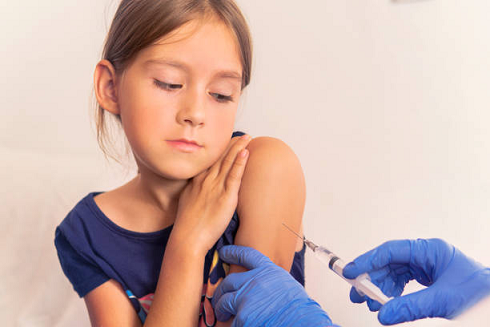The aim of scientific research is to improve medical knowledge and find better ways to treat disease. As part of this process, publication in the medical journals enables the wider scientific community to share developments, and to test findings and take them further.
Peer review is a central part of this medical journal publication process, held as the best available means to help check the quality, relevance and importance of papers being submitted by medical researchers. This in turn helps to ensure that medical treatments are safe and effective for patients.
The most worrying and extreme examples of flawed medical research papers that can be stopped by peer review include:
- Made up findings—hoax results given when no proper scientific research has been done
- Dangerous conclusions—findings that could harm patients because they were made up or came from scientifically flawed methods
- Plagiarized work—authors claiming scientific work to be their own when in fact it was taken from other researchers.
Peer review is established in other areas beyond journal publishing—it also guides decisions about grants for medical research funding, for example.
What does peer review mean?
For medical journals, peer review means asking experts from the same field as the paper’s authors—so in the same peer group—to help editors decide on publication or rejection of the manuscript, by providing a critique of the work.
While there is no industry standard to dictate the details of peer review processes, there is plenty of debate and research into its merits and pitfalls.1 2 3 4 5 6
Some guidance from the International Committee of Medical Journal Editors is voluntarily followed by most major medical journals, although the code offers basic rules such as “Reviewers’ comments should be constructive, honest, and polite.”
Another association of medical editors with a similarly large membership among journals has a set of ethical guidelines for peer reviewers. Again, these do not set out rules for individual journals’ processes—in fact, they regularly remind reviewers to consult journal editors.
One of the items in the code provides a good summary of the role of a peer reviewer:
The editor is looking to them for subject knowledge, good judgement, and an honest and fair assessment of the strengths and weaknesses of the work and the manuscript.
The peer review process is usually ‘blinded’—whereby the reviewers have not been told the identity of the authors, and usually vice versa, too. Anonymized review is designed to reduce any bias in the decision, by making it an evaluation of the merits of the paper, not of the author. Many journals, including the BMJ, believe transparency is of greater importance though, so have an open system—but this still discourages direct contact between reviewers and authors.7
Quality, relevance and importance of articles in medical journals
The exact tasks to be done by medical journal peer reviewers (and the exact type of peer group they come from) varies widely according to the particular medical journal they are working for.
All peer reviewers help editors to decide whether a paper should be published, but they follow different criteria for different journals. However, three common areas are addressed, with similar example questions:
- Quality—how well was the research done, and how reliable are its conclusions? Such questions test the credibility and accuracy of the science being assessed.
- Relevance—does the medical paper concern the readers of this journal? Is it strictly appropriate to this field of work?
- Importance—how much clinical impact could the research have? Do the findings add something new?
Relevance may be answered by editors if, for example, it is obvious that the paper would not be of sufficient interest to the journal’s readers—it might be better suited to another journal. Or perhaps there is simply no room for the manuscript in a given area of coverage. If editors decide there is a general relevance, however, they may seek peer reviewers’ opinions on the finer points of scientific interest.
All peer-review processes are designed to inform the decisions that ultimately sit with editors, and the recommendations of peer reviewers do not have to be accepted by the journal.
Why don’t medical journals use the same process for peer review?
The editorial position of the journal has a strong influence over the criteria used to make decisions on whether to publish a paper—individual titles can be seen as ‘brands,’ after all.
The BMJ, for example, aims to publish research findings that are particularly relevant and important to current disease management, stating: “The BMJ peer reviews all the material it receives. We give priority to articles that will help doctors to make better decisions.”7
The Lancet, meanwhile, also “prioritizes reports of original research that are likely to change clinical practice or thinking about a disease”—but it also places some priority on papers that can be understood by the “general reader” outside the medical specialty of the author.8
The particular form of peer review employed by a medical journal is often published in some detail, usually in guidelines for authors—policies that are themselves another means of setting standards for the quality of research reports.
The Journal of the American Medical Association (JAMA), for example, outlines what its medical editors evaluate before sending papers to peer reviewers. This ‘initial pass’ examines whether:9
Material is original and timely, writing is clear, study methods are appropriate, data are valid, conclusions are reasonable and supported by the data, information is important, and the topic has general medical interest.
A journal could reject a submission outright, even before going to peer review, but medical journals have a number of options for the fate of researchers’ submissions. The editors at the New England Journal of Medicine (NEJM), for example, use three responses in addition to outright rejection after making decisions with the help of peer review:10
- “The journal is interested” in the manuscript, but a revision is needed because “it is not acceptable” for publication in its current form (major revision)
- “Some revisions” are needed before the submission can be accepted for publication (minor revision)
- The authors need to “conduct further research or collect additional data” to make the manuscript suitable for publication (“willing rejection”).
Journals are part of the wider media
Aside from seeing medical advances based on good science, the wider public interested in medicine’s latest developments benefits in another way from the medical literature’s peer review process. If results for new treatments have been published in a peer-reviewed journal, they are more likely to be reported with authority in the medical news.
The top stories written by MNT‘s in-house team of medical news writers, for example, often make sense of scientific developments about to be published in high-impact academic journals.
Findings of individual researchers that have not been given the stamp of approval by a respected medical journal’s peer review process are less likely to be important or interesting enough for analysis in the medical news, and could be unreliable—unsafe even.
Medical research scientists themselves “discriminate between what is put out on blogs or in press releases and what is published in the formal scientific literature.”1
Note: This article was reprinted with the author’s permission. It was originally published by MNT.
References:1 Perspective: does peer review mean the same to the public as it does to scientists? Moore J, Nature 2006, DOI: 10.1038/nature05009.
2 Who’s afraid of peer review? Bohannon J, Science 2013, volume 342, number 6,154, pages 60-65, DOI: 10.1126/science.342.6154.60.
3 Science communication: power of community. Marincola E, Science 2013, volume 342, number 6,163, pages 1,168-1,169, DOI: 10.1126/science.342.6163.1168-b.
4 FThe Science hoax: poor journalology reflects poor training in peer review. Kumar R, BMJ 2013, volume 347, page f7,465, DOI: http://dx.doi.org/10.1136/bmj.f7465.
5 Peer review: a flawed process at the heart of science and journals. Smith R, Journal of the Royal Society of Medicine 2006, volume 99, number 4, pages 178-182, DOI: 10.1258/jrsm.99.4.178.
6 Effects of editorial peer review: a systematic review. Jefferson T, Alderson P, Wager E, Davidoff F, JAMA 2002, volume 287, number 21, pages 2,784-2,786. Abstract.
7 Resources for authors: peer review process. London, UK: British Medical Association, BMJ Information published online, accessed August 2014.
8 Information for authors: manuscript requirements. London, UK: Elsevier, The Lancet Information published online, accessed August 2014.
9 JAMA instructions for authors: editorial and peer review Chicago, I, US: JAMA Information published online, accessed August 2014.
10 Publication process: the path of a research manuscript. Waltham, MA, US: Massachusetts Medical Society, NEJM Information published online, accessed August 2014.













One Response
Especially in the 18, after an initial generation had been vaccinated and the incidence of smallpox had declined markedly in the United States and Europe, a vociferous antivaccination movement emerged.